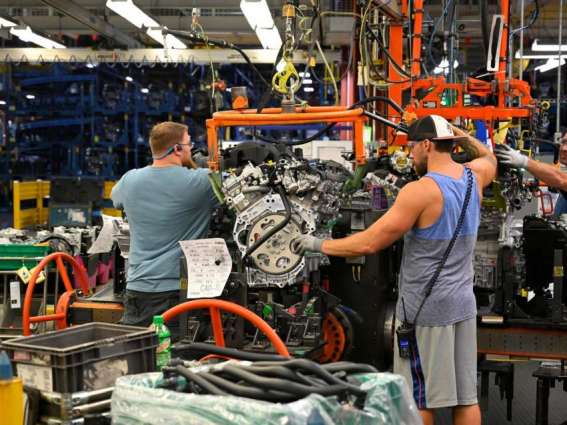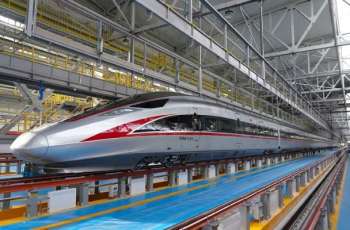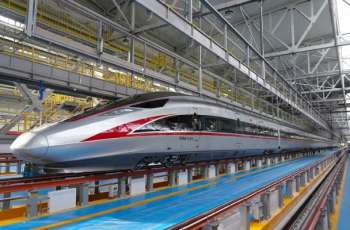US factory activity fell for an eighth straight month, hitting three-year lows, according to manufacturing data on Monday that reignited talk of recession in the world's largest economy amid aggressive interest rate hikes to curb the worst inflation in four decades
WASHINGTON (Pakistan Point News / Sputnik - 03rd July, 2023) US factory activity fell for an eighth straight month, hitting three-year lows, according to manufacturing data on Monday that reignited talk of recession in the world's largest economy amid aggressive interest rate hikes to curb the worst inflation in four decades.
The Institute for Supply Management (ISM) said its widely-followed manufacturing gauge fell to 46 in June - the lowest since March 2020. The eighth straight month of readings at below 50, which indicates shrinking activity, is the longest stretch of its kind since 2008-2009.
"Demand remains weak, production is slowing due to lack of work, and suppliers have capacity," ISM Manufacturing Business Survey Committee Chair Timothy Fiore said in a statement. "Companies reduced production and began using layoffs to manage head counts, to a greater extent than in prior months, amid mixed sentiment about when significant growth will return."
The ISM also published select comments from industry to illustrate the data, with feedback from the "Computer and Electronic Products" sector particularly citing concerns over the US economy.
"The slowing US economy is causing the business forecast to be revised/reduced for the remainder of 2023. Customers are less inclined to purchase far in advance," the comment read.
GDP saw an annualized growth of 2% for the first quarter of this year, lower than the year-on-year expansion of 2.6% growth in the final quarter of 2022.
Another quarter with similar slower growth would technically place the United States in recession mode, something the Federal Reserve dreads would be looked upon as its fault following more than a year of aggressive rate hikes by the central bank to fight inflation.
The Fed has instead been aiming for a "soft landing" of the economy, which translates to slower but not negative GDP growth.
The ISM report also noted that many Americans were limiting their spending on merchandise, prioritizing services and experiences that mattered. Some indiscriminately slashed spending with inflation at twice above the Fed's comfort level despite more than a year of aggressive rate hikes.
Aside from the ISM, S&P Global said its Purchasing Managers Index (PMI) for June showed a reading of 46.3, indicating the biggest contraction in the US manufacturing sector since December.
While the US service sector itself has been expanding, demand for US-made goods has slowed versus stickier-than-expected inflation.
The Personal Consumption Expenditures, or PCE, Index - an inflation indicator closely followed by the Fed - grew 3.8% in the year to May. Core PCE, a component of the index stripped of volatile food and energy prices, expanded by 4.6%.
The Fed's tolerance for inflation is 2% per year. The central bank has raised interest rates by 5% since the end of the coronavirus outbreak in March 2022, bringing them to a peak of 5.25% in an attempt to bring inflation back to its targeted level.
"(The) big picture (is) inflation is slowing, but it's still too high for the Fed," MarketWatch said in a commentary after the PCE report was published last week "Senior Fed officials worry that rising labor costs and price increases in major parts of the economy such as housing could keep inflation at elevated levels for a few more years."
The Fed's next decision on interest rates will be on July 26. Many economists predict the it will add another quarter percentage point at that meeting, lifting rates to a peak of 5.5%, as it tries to further tame inflation.
The Fed has a dual mandate of ensuring "maximum employment" through a jobless rate of 4% or below, and keeping inflation "manageable."




